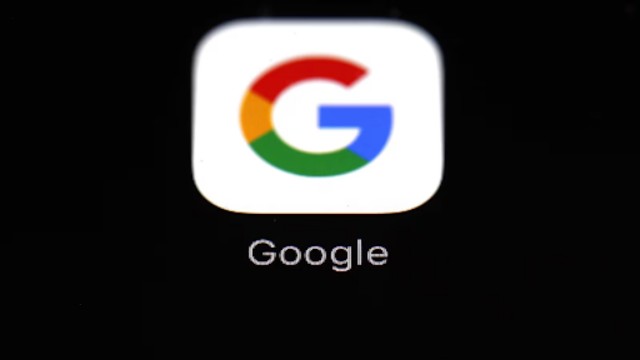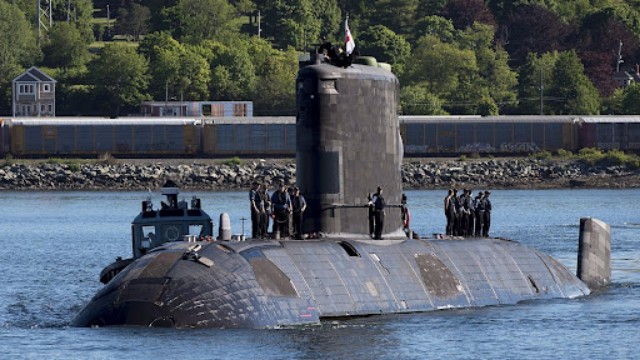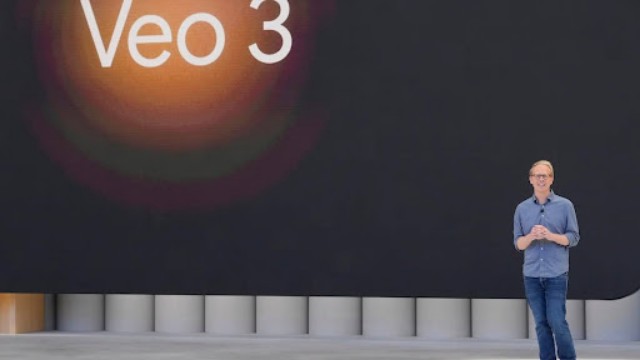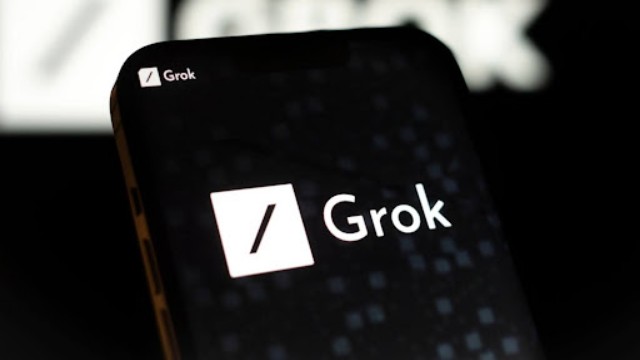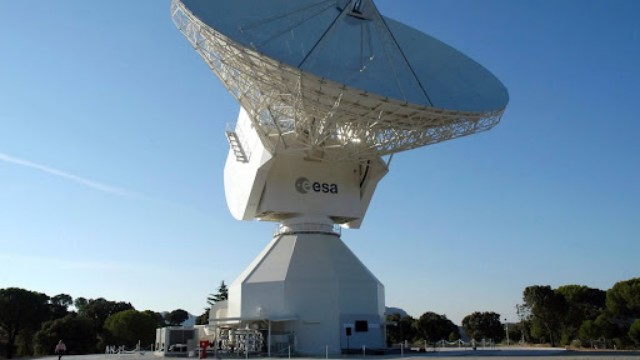
This photo, shared by the European Space Agency, shows the large 35-meter dish antenna called DSA-2 located in Cebreros, Spain. It captured the very first signals sent back from the Venus Express spacecraft. (ESA via AP)
This month, Johann Strauss II’s famous waltz, “Blue Danube,” will embark on a unique journey—into outer space—to celebrate the 200th anniversary of the composer’s birth. The Vienna Symphony Orchestra’s performance will be broadcast beyond Earth, sending the timeless tune into the cosmos.
The European Space Agency (ESA) will beam the music into space on May 31. To mark not only Strauss’ milestone but also ESA’s 50th anniversary, the event will be livestreamed and shown publicly in cities like Vienna, Madrid, and New York for free. Instead of sending the music live, ESA will use a recording from the orchestra’s rehearsal to avoid technical problems. The live concert will accompany the broadcast for those watching on Earth.
Once transmitted, the radio waves carrying the music will race through space at the speed of light—about 670 million miles per hour (over one billion kilometres per hour). This means the waltz will pass the moon in just a second and a half, reach Mars in under five minutes, Jupiter in 37 minutes, and Neptune in four hours. Within a day, the music will have travelled as far as NASA’s Voyager 1 spacecraft, which is over 15 billion miles away in deep space.
NASA has a history of sending music into space. In 2008, it beamed the Beatles’ “Across the Universe” toward deep space for its 50th anniversary. Last year, Missy Elliott’s “The Rain (Supa Dupa Fly)” was sent toward Venus. Even Mars rovers have joined in—back in 2012, NASA sent Will.i.am’s “Reach for the Stars” to the Curiosity rover, which then relayed it back to Earth.
However, this special mission is notable because Johann Strauss II’s “Blue Danube” was left out of NASA’s famous Voyager Golden Records. When the Voyager probes launched in 1977, they carried gold-plated records with a selection of Earth’s sounds and music. The records were curated by a team led by astronomer Carl Sagan and included works by Bach, Beethoven, Mozart, and others, but Strauss’ waltz was not included, despite its iconic presence in space-related culture—especially as the soundtrack of Stanley Kubrick’s film “2001: A Space Odyssey.”
The Vienna tourist board calls this space broadcast a chance to right that “cosmic mistake.” Using ESA’s large radio antenna in Spain, the “Blue Danube” will be sent in the direction of Voyager 1, guiding the melody toward the far reaches of space.
ESA’s director general, Josef Aschbacher, shared the spirit behind the event, saying music has a unique way of connecting people across time and space. He expressed hope that the waltz would inspire future space explorers to journey forward with a cosmic anthem accompanying them.
In this blend of art and science, Strauss’ “Blue Danube” takes a grand leap—turning 200 years old and reaching for the stars.


